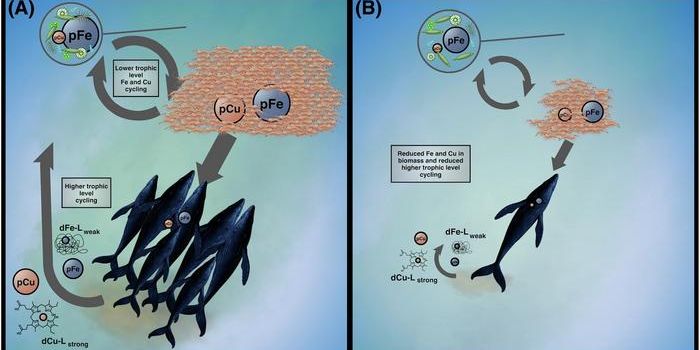New Technique to Refine Rare Earth Metals
Rare earth elements, though not particularly rare, are difficult to collect and very useful for our 21st-century life. They are used in nearly all of our electronic technology, from cell phones to wind turbines. Without an adequate supply, we would struggle to produce many of our electronic luxuries and nearly all of our sustainable technology. Though recycling electronics could help, we don’t have an efficient and safe way to recover these materials. Much of our electronic waste is shipped overseas where regulations are more relaxed and cheap labor can disassemble the materials without strict environmental or safety regulations.
Remembering the periodic table from high school, there are two rows of elements cut out of the table and put on the very bottom. The bottom row is full of the actinides, the elements used for nuclear science. The row above the actinides are the lanthanides, they make up most of the rare earth elements, plus two more not in that row, yttrium, and scandium. But they are difficult to process. They are nearly always found in small quantities, all mixed up with other elements. The current process for refining these materials has hundreds of stages, including dissolving with acids, chemically separating, and extracting material in complex reactions. All these chemical reactions require a lot of investment of time and money and create a large volume of liquid waste.
Researchers at Penn State and the Lawrence Livermore National Laboratory recently published new research proving proof of concept for a much simpler extraction and separation methodology using a protein isolated from a bacteria called lanmodulin. The protein is bound to gelatinous microbeads made from seaweed that are suspended in a column. Then the liquid suspension of elements is poured through the column, and the protein grabs the rare earth elements while the rest of the liquid drains out. They are then able to change the variables surrounding the microbeads to allow the protein to release the rare earth material.
Some of their tests were able to extract rare earth elements with up to 99% purity. The extraction also only took one or two cycles, which could greatly reduce the environmental impact of acquiring these materials, and provide an opportunity to recover more of the materials from unconventional sources, like e-waste and acid mine waste pools. Though their method still needs to be scaled up, this is a huge advance in the technology of our tech supply chain. This new process could free the US from China’s near-monopoly on rare earth metal processing, and strengthen our position in geopolitics while advancing our sustainability and environmental goals.
Sources: ACS Central Science, American GeoSciences, Phys.org, USGS








